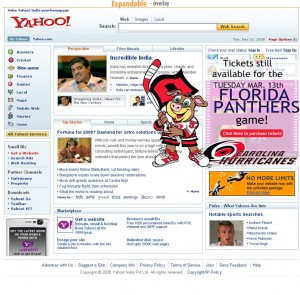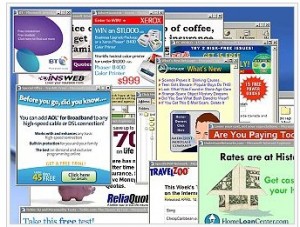No doubt some of you have found yourself locked in a meeting with an advertising agency wondering what language they were speaking. You thought you were there to talk about how to get your face on the internet and generate more business and what you were faced with was “pixels, .gifs, skyscrapers and megabytes”. You’re a professional and don’t want to look silly, so you nod knowingly and hope to goodness you get what you paid for!
Prior to Christmas I posted about Banner Advertising - the different types and how to make it more effective. I explained some of the online advertising terms and hopefully simplified the mystery of banners. As a follow up I thought we’d explore some other sorts of ‘Display Advertising’ available to help promote your business on the web.
There’s loosely 10 types of Display Advertising (but more - and variations - thereof - are being invented all the time):
- Rectangles
- Banners
- Buttons
- Skyscrapers
- Pop-ups/unders
- In-page video
- Floating units
- Expandable/retractable units
- Between-the-page units
- Curtain ads
 This is an example for the Florida Panthers game that just appeared over the screen from the right.
This is an example for the Florida Panthers game that just appeared over the screen from the right.[image: flickr/Fortyseven]
Related posts:








Comments